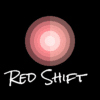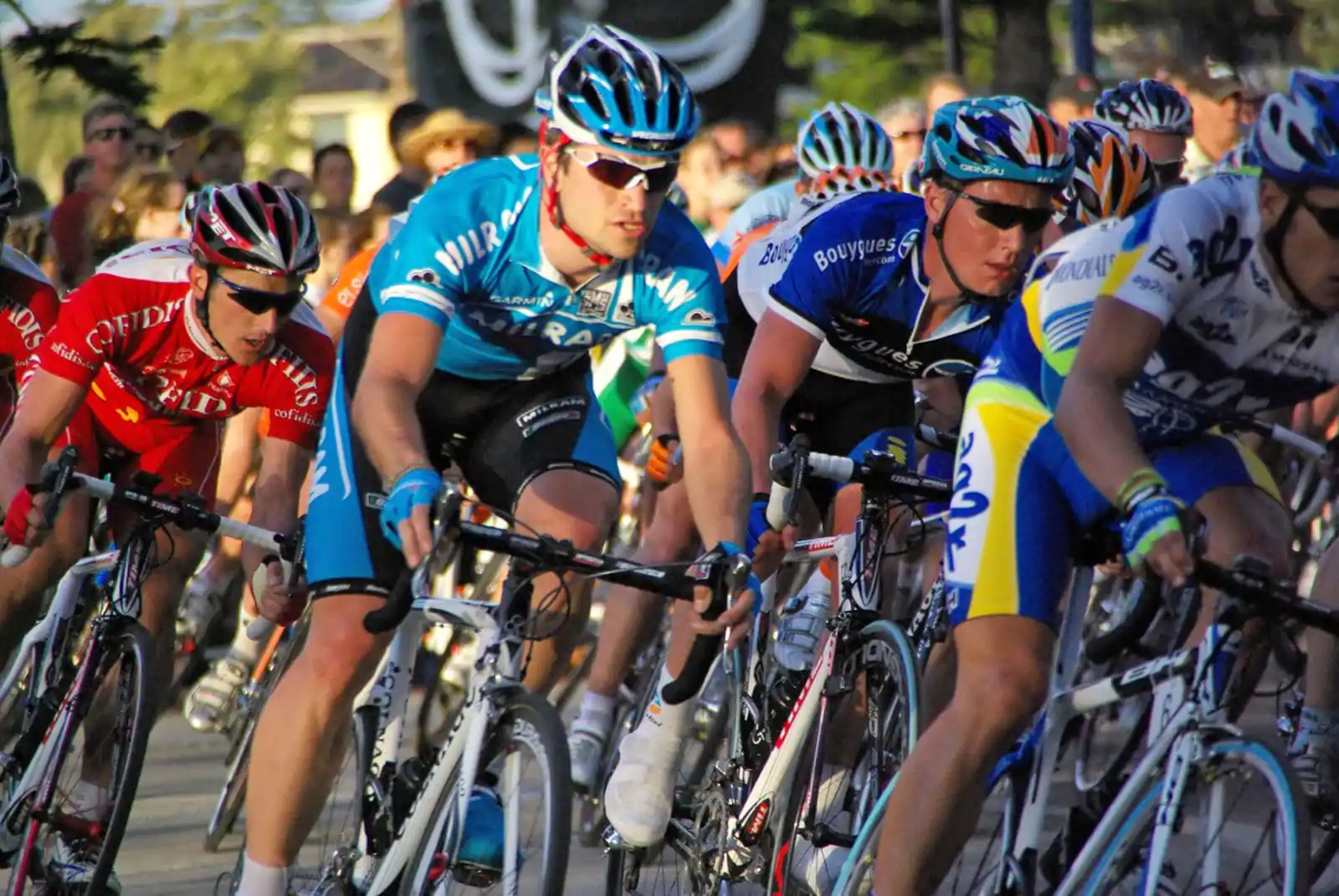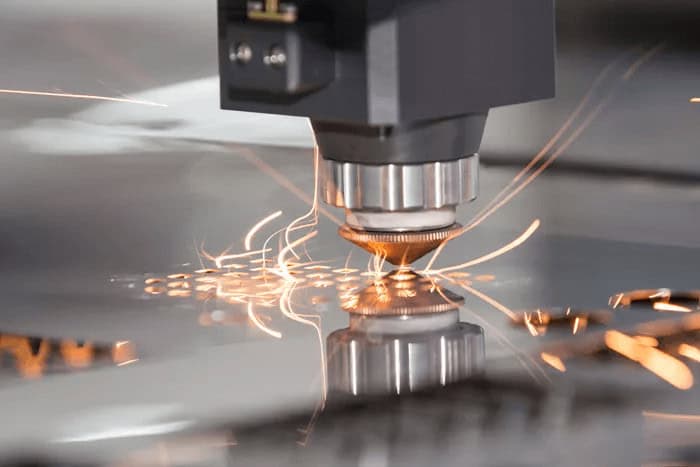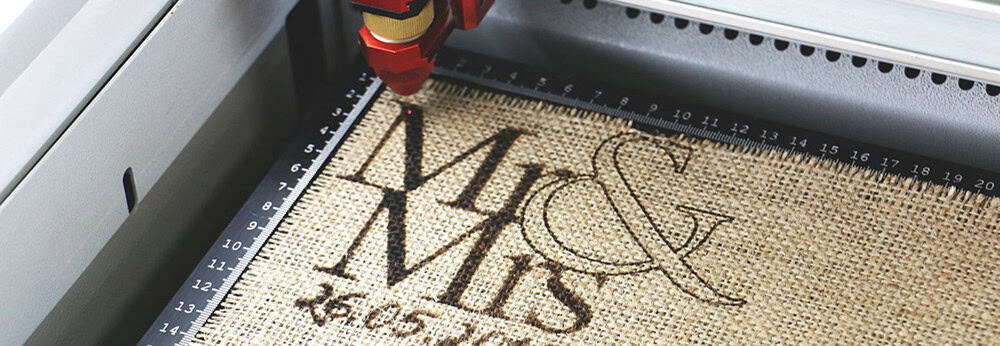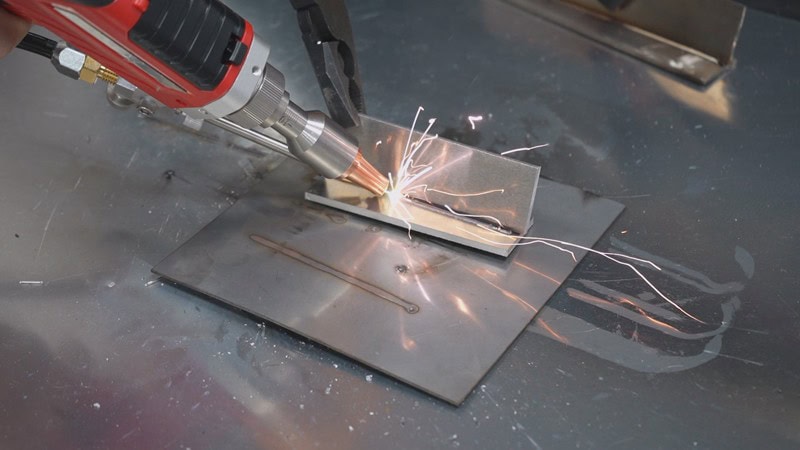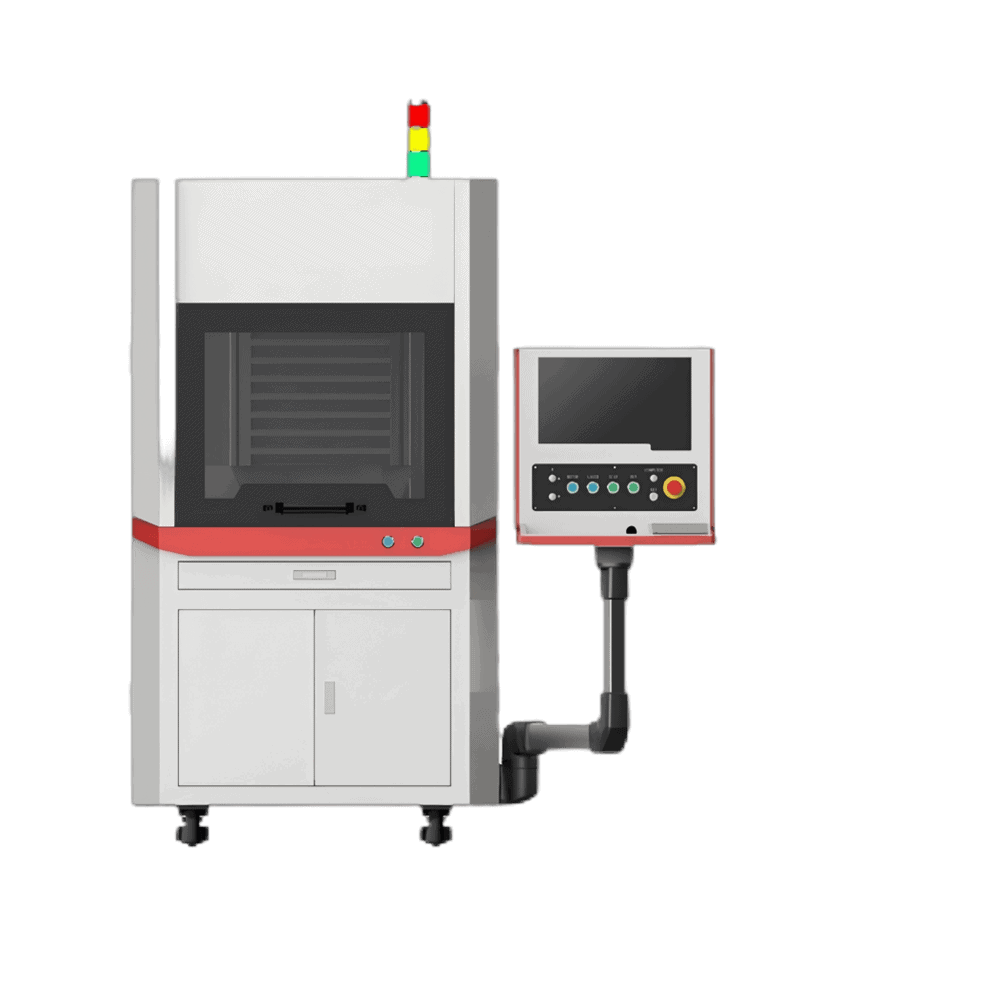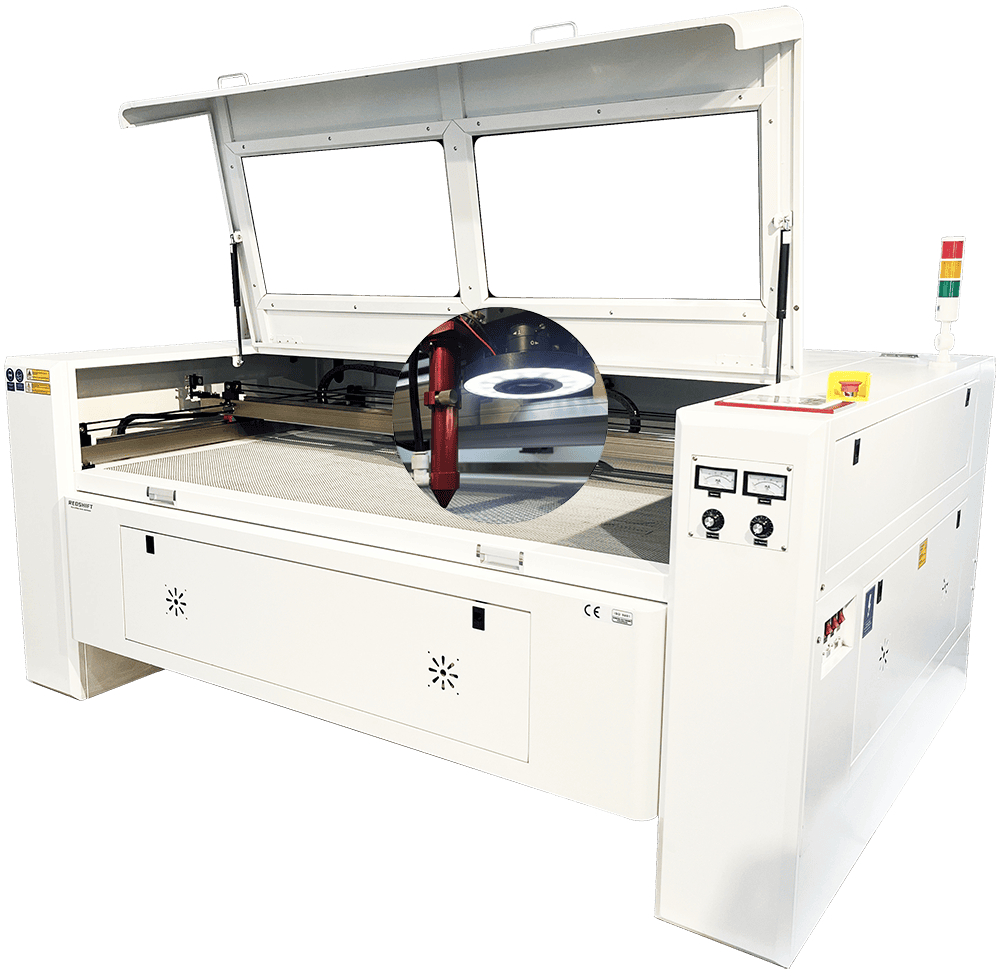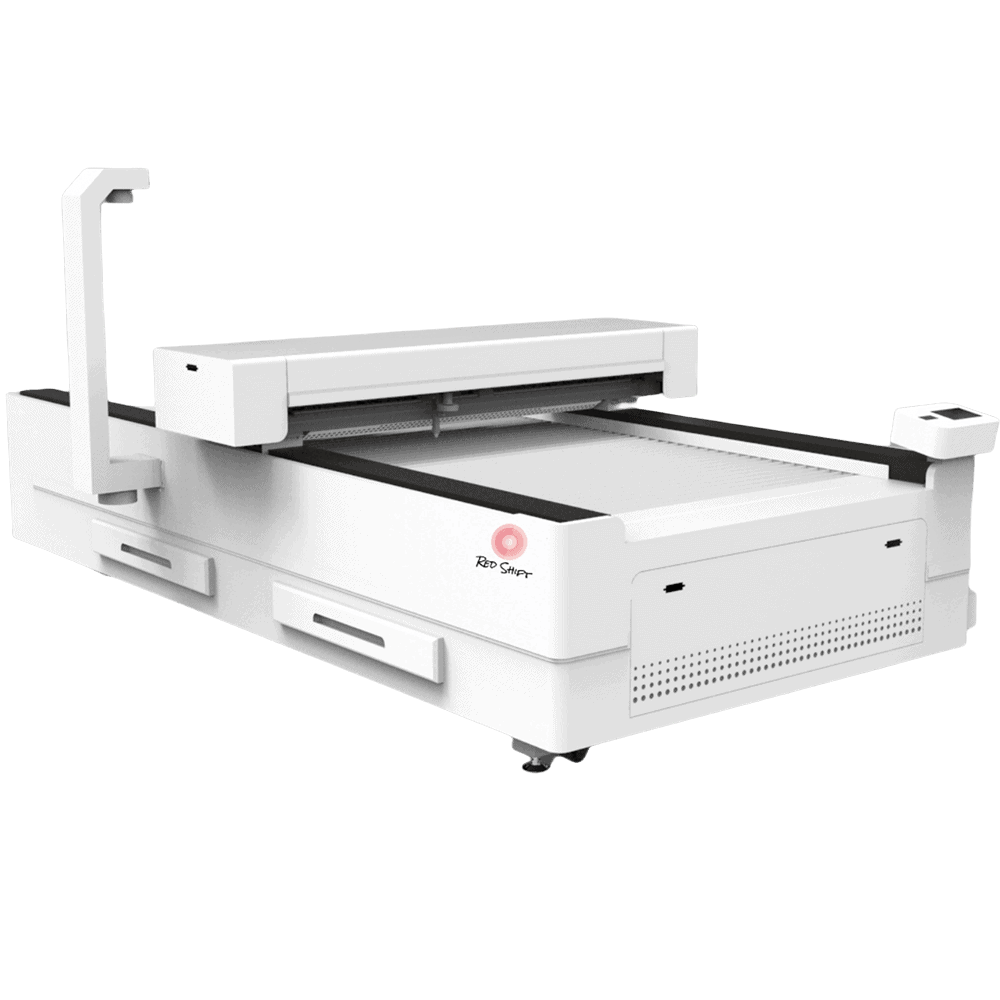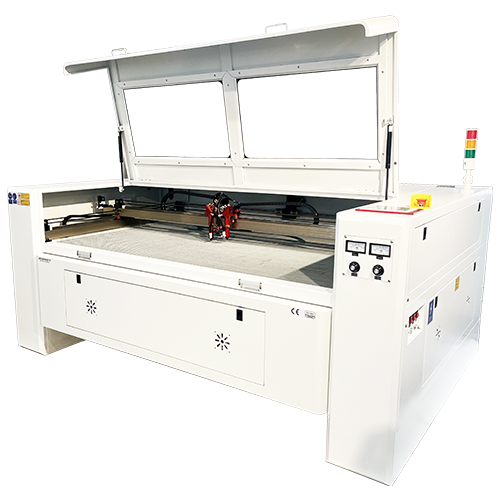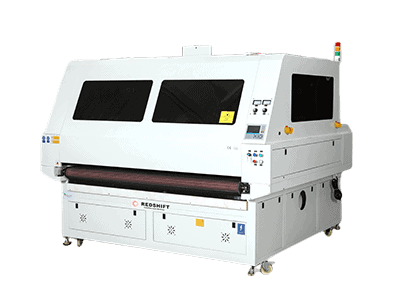In the ever – evolving and highly competitive landscape of the advertising creativity and handicraft production fields, CO2 laser cutting machines have emerged as true game – changers. These remarkable devices, characterized by their high – precision capabilities and an extraordinary degree of freedom in operation, have firmly established themselves as the go – to tools for designers who are constantly pushing the boundaries of their imagination. Whether it’s the creation of eye – catching acrylic illuminated letters that can transform the look of a storefront, the crafting of intricate wooden artistic reliefs that add a touch of elegance to any space, or the production of personalized leather gifts that carry a unique charm, this technology has the power to rapidly translate digital designs into tangible, high – quality physical works. In the following content, we will embark on a comprehensive exploration, delving deep into the core application scenarios of CO2 lasers in the advertising and handicraft sectors, uncovering the intricate techniques of material adaptation, and shedding light on how continuous technological innovation is enabling us to break through the long – standing boundaries of traditional manufacturing.
I. Advertising Industry: Laser Cutting Reshapes Commercial Visual Expression
1. Signage and Display Prop Production
- Acrylic 3D Letters: One of the most prominent applications in the advertising industry is the creation of acrylic 3D letters. Through the combined processes of laser cutting and engraving, these letters can achieve a strikingly transparent and illuminated effect. The laser is capable of precisely cutting through acrylic materials with a thickness of up to 20mm. The edges of the cut acrylic are so smooth that they closely resemble the finish of a mirror, which is crucial for creating a high – end and professional look. To achieve this outstanding result, specific parameters need to be carefully set. The power of the laser is typically adjusted within the range of 80 – 120W, and the speed is maintained at 1.5 – 2.5m/min. This precise control ensures that the acrylic is cut cleanly without causing any melting or distortion, resulting in letters that are not only visually appealing but also highly durable.
- Metal Imitation – Etched Signage: For those seeking a more sophisticated and cost – effective alternative to traditional chemical etching, laser engraving on sprayed metal surfaces offers an excellent solution. By using a laser, a matte texture can be delicately engraved onto the metal, mimicking the look of traditional etched signs. This method is not only more environmentally friendly but also significantly more cost – efficient. In fact, the cost of producing metal imitation – etched signage using laser technology is only about one – third of that of traditional chemical etching processes. This cost – saving advantage, combined with the high – quality finish, makes it a popular choice for businesses looking to make a statement with their signage.
- Folding Display Stands: In the world of advertising, the ability to quickly and easily assemble display stands is highly valued. CO2 laser cutting machines make this possible by allowing for the one – time cutting of cardboard or PET sheets. These sheets are designed with precise snap – fit structures, which are created with an astonishingly low error rate of ≤ 0.1mm. This high level of precision ensures that the parts fit together perfectly, enabling quick and hassle – free assembly. Whether it’s for a trade show, a retail store, or a promotional event, these folding display stands can be set up in no time, providing a convenient and visually appealing way to showcase products or information.

2. Personalized Advertising Gifts
- Wooden USB Engraving: In the realm of personalized advertising gifts, wooden USB drives engraved with corporate logos have become a popular choice. The laser is used to engrave the logo onto the surface of bamboo or wood with a depth of 0.2mm, just enough to create a clear and lasting impression without penetrating the material. This not only preserves the integrity of the USB drive but also adds a touch of elegance to the gift. To achieve this fine – tuned engraving, the laser power is set to 25W, and the speed is maintained at 8m/min. This combination of parameters allows for a precise and clean engraving, ensuring that the corporate logo stands out prominently on the wooden surface.
- Leather Keychains: Another popular item in the personalized advertising gift category is leather keychains. CO2 laser cutting machines offer a unique advantage when it comes to producing these keychains. The laser can cut the leather with such precision that the edges are automatically carbon – sealed during the cutting process. This eliminates the need for the traditional sewing process, saving both time and cost. The carbon – sealed edges not only provide a neat and finished look but also enhance the durability of the keychain, making it a practical and long – lasting promotional item.

II. Handicraft Industry: The Digital Revolution of Traditional Crafts
1. Artworks with Complex Structures
- 3D Puzzle Models: The creation of 3D puzzle models has been revolutionized by CO2 laser cutting technology. On 3mm basswood boards, the laser can cut over 200 irregular parts with incredible precision. The cut edges are completely burr – free, which is essential for ensuring that the parts can be directly assembled without any additional sanding or filing. To achieve this high – quality cut, the laser power is set to 50W, and the speed is maintained at 4m/min. These parameters allow the laser to cut through the basswood smoothly, creating parts that fit together perfectly, providing a challenging and enjoyable puzzle – building experience for enthusiasts.
- Paper – cut Light Boxes: Paper – cut light boxes are a beautiful and intricate form of handicraft, and CO2 laser cutting has taken their production to a whole new level. On 0.1mm ultra – thin cardboard, the laser can engrave patterns with a precision of 500DPI. This high – resolution engraving results in incredibly detailed and delicate patterns. Moreover, the laser’s thermal effect can be carefully controlled to manage the degree of paper curling. By adjusting the laser parameters, such as power and speed, the paper can be cut and engraved without excessive curling, ensuring that the final light box has a flat and even surface, enhancing its overall aesthetic appeal.
2. Innovative Material Applications
|
Material |
Process Highlights |
Key Technologies |
|
Dyed Wood Boards |
When working with dyed wood boards, the CO2 laser can create a truly unique and artistic effect. Through a process of laser burning, a natural color difference is gradually produced on the wood surface. This color variation mimics the appearance of an ink – wash painting, adding a touch of artistry and elegance to the finished product. To achieve this effect, a power gradient control technology is employed, where the power is dynamically adjusted within the range of 20 – 60W. This precise control over the laser power allows for the creation of smooth and natural – looking color transitions. |
Power gradient control technology (20 – 60W dynamic adjustment) |
|
Multi – layer Acrylic |
For multi – layer acrylic, the goal is to create a stunning 3D stereoscopic visual effect. This is achieved by engraving different color layers separately. To ensure the accuracy of the engraving and the proper alignment of the layers, a Z – axis automatic focusing system is utilized. This system has an impressive accuracy of ± 0.05mm, which allows for the precise engraving of each layer, resulting in a final product that appears to have depth and dimension, making it a popular choice for artistic and decorative applications. |
Z – axis automatic focusing, accuracy ± 0.05mm |
|
Felt Fabrics |
When cutting felt fabrics, the CO2 laser not only cuts the material precisely but also simultaneously melts the edges at high temperature. This melting process effectively prevents fiber shedding, which is a common issue with traditional cutting methods. To enhance this process, nitrogen – assisted cutting is employed, with an air pressure of 0.6Bar. The nitrogen gas helps to cool the cutting area and prevent the formation of charred edges, resulting in a clean and smooth cut with well – sealed edges. |
Nitrogen – assisted cutting, air pressure 0.6Bar |
III. Key Process Parameters and Techniques
1. Material - Parameter Matching Formula
- General Calculation Model: Understanding the relationship between material properties and laser parameters is crucial for achieving optimal cutting results. The general calculation model for determining the cutting depth is as follows: Cutting depth (mm) = (Laser power (W) × Dwell time (s)) / (Material density (g/cm³) × Heat of vaporization (J/g)). For example, when cutting 5mm pine wood with a density of 0.45g/cm³, through calculations based on this formula, it is determined that a power of 60W and a speed of 2m/min are required. This formula serves as a fundamental guide for operators, allowing them to make informed decisions when setting up the laser cutting machine for different materials.
2. Techniques for Achieving Special Effects
- Gradient Engraving: To create a more dynamic and visually interesting engraving, gradient engraving can be employed. This is achieved through PWM (Pulse – Width Modulation) modulation technology. By adjusting the width of the laser pulses, the power of the laser can be gradually varied during a single processing. This allows for the creation of a 10% – 100% power gradient, resulting in an engraving that has a smooth transition in depth or intensity, adding a unique and artistic touch to the final product.
- Invisible QR Codes: In an era of digital integration, the ability to create invisible QR codes has become increasingly important. Using the 400dpi high – precision mode, the laser can engrave micron – scale dot matrices on the leather surface. These dot matrices are arranged in a specific pattern to form a QR code that is invisible to the naked eye. However, when scanned with a compatible device, the QR code can be easily detected and decoded, providing a hidden and innovative way to add digital information to physical products.
- Antique Treatment: For those looking to add a touch of vintage charm to their metal products, the laser can be used to conduct a shallow ablation on the metal coating. This process generates a controllable oxidized mottled effect, giving the metal a weathered and antique appearance. By carefully adjusting the laser power and exposure time, the degree of oxidation and the pattern of the mottling can be precisely controlled, allowing for the creation of a unique and personalized antique – style finish.
IV. Four Practical Strategies for Increasing Efficiency and Reducing Costs
1. Hybrid Processing Mode
For composite materials such as acrylic combined with stainless – steel film, a hybrid processing mode can significantly improve efficiency. First, the surface film is cut at a high speed of 8m/min. This allows for a quick removal of the outer layer without expending excessive energy. Then, once the film is removed, the machine switches to a high – power setting of 130W to cut through the more durable base layer. This two – step process not only saves time but also optimizes the use of the laser’s power, resulting in a more efficient and cost – effective cutting process.
2. Intelligent Layout System
In an effort to maximize material utilization and reduce waste, an intelligent layout system that employs an AI nesting algorithm has been developed. This system analyzes the shapes and sizes of the parts to be cut and optimally arranges them within a 1200×600mm working area. By using this advanced algorithm, the material utilization rate can be increased to an impressive 92%, compared to the mere 75% achieved through traditional layout methods. This not only reduces the cost of materials but also contributes to a more sustainable and environmentally friendly production process.
3. Modular Fixture Design
For the batch processing of small parts, such as badges, a modular fixture design has proven to be highly effective. A honeycomb positioning plate with vacuum suction is developed. This plate can securely fix 200 workpieces at a time. The vacuum suction feature ensures that the parts are held firmly in place during the cutting process, eliminating the need for manual alignment for each individual part. This not only speeds up the production process but also reduces the risk of human error, resulting in higher – quality products and increased productivity.
4. Smoke and Dust Control Solution
When cutting medium – density fiberboard, a significant amount of smoke and dust is generated. To address this issue and ensure a safe and healthy working environment, a two – stage purification system consisting of water curtain filtration and activated carbon adsorption is employed. The water curtain filtration first captures the larger particles of dust and smoke, while the activated carbon adsorption further purifies the air by removing smaller particles and harmful gases. This comprehensive system is highly effective in keeping the PM2.5 concentration in the working area below 50μg/m³, protecting the health of the operators and maintaining a clean and safe workspace.
V. Technical Limitations and Breakthrough Directions
Current Bottlenecks
- Processing of Reflective Materials: One of the current challenges in CO2 laser cutting is the processing of reflective materials such as mirror – finish stainless steel. Due to their high reflectivity, these materials are unable to effectively absorb the laser energy, making it difficult to cut or engrave them directly. To overcome this obstacle, the materials need to be pre – coated with a light – absorbing layer. However, this additional step adds complexity and cost to the production process.
- Cutting of Ultra – thick Materials: Another limitation is the cutting of ultra – thick materials, especially when it comes to solid wood over 30mm thick. During the cutting process, a taper error often occurs, where the cut is narrower at the top and wider at the bottom. This taper error can affect the accuracy and quality of the final product, requiring additional post – processing steps to correct.
Cutting-edge Solutions
- Dual – Focal – Length Dynamic Switching: To address the challenges of cutting different materials and thicknesses, dual – focal – length dynamic switching technology is being developed. This technology allows the laser cutting machine to automatically switch between long and short – focal – length lenses during a single cutting operation. When cutting thin materials, the short – focal – length lens is used to achieve high precision. For thicker materials, the long – focal – length lens is switched to, which can provide greater penetration and better control over the cutting depth. This dynamic switching ensures that both cutting quality and speed are optimized.
- Laser – Mechanical Composite Processing: Another promising solution is laser – mechanical composite processing. In this approach, the laser is first used to cut the outline of the workpiece, taking advantage of its high – speed and high – precision cutting capabilities. Then, a micro – milling cutter is employed to trim the side walls. This combination of laser and mechanical processing can achieve an accuracy of up to ± 0.02mm, significantly improving the quality and precision of the final product, especially for complex – shaped parts.
VI. Industry Future: Evolution from Tools to Ecosystems
1. Cloud Laser Service Platform
The future of the CO2 laser cutting industry lies in the development of a cloud – based ecosystem. The cloud laser service platform allows designers from all over the world to submit their design drawings online. These drawings are then received by distributed laser factories located in different regions. The factories closest to the customer can then accept the orders and start production. This model enables a seamless “Global Design · Local Manufacturing” process, reducing shipping times and costs, and promoting a more efficient and collaborative production environment.
2. AR Real - time Preview
Augmented reality (AR) technology is set to revolutionize the way we design and preview laser – cut products. Through AR real – time preview, designers can use their mobile devices or AR – enabled glasses to project the laser path directly onto the material surface. This allows them to visualize the cutting process in real – time, identify any potential design flaws or alignment issues, and make necessary adjustments before the actual cutting begins. This not only reduces the risk of design mistakes but also saves time and materials by ensuring that the first cut is the correct one.
3. Sustainable Material Library
As the world becomes more environmentally conscious, the development of a sustainable material library is of utmost importance. This library will focus on collecting and developing a wide range of environmentally friendly materials, such as bamboo – fiber composites and biodegradable bioplastics. Along with the materials, a dedicated cutting database will be established, providing detailed information on the optimal laser parameters for each material. This will enable manufacturers to make more sustainable choices in their production processes, reducing their environmental impact while still achieving high – quality results.
Conclusion
CO2 laser cutting technology is no longer just a simple production tool; it has become a powerful force that is blurring the traditional boundaries between advertising manufacturing and artistic creation. Its versatility and precision have enabled designers and manufacturers to bring their most creative ideas to life with a level of accuracy and efficiency that was previously unimaginable. As we continue to witness the progress of intelligent control and materials science, this “light – carving knife” will undoubtedly continue to expand the horizons of human creativity. It will empower every individual with a spark of inspiration to transform their ideas into tangible, high – quality products, making the world a more visually appealing and innovative place.
(Note: Operators are required to wear professional protective goggles at all times during the operation of the CO2 laser cutting machine. When cutting PVC and other chlorine – containing materials, an exhaust gas purification device must be equipped to prevent the release of harmful gases into the environment and protect the health of the operators.)
